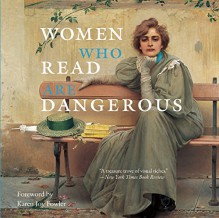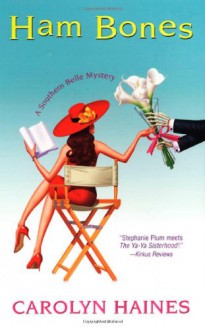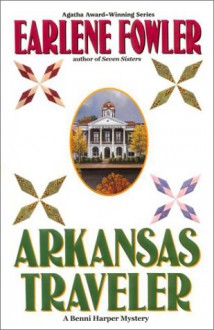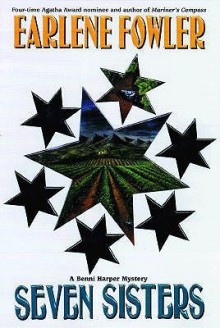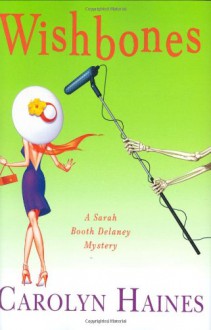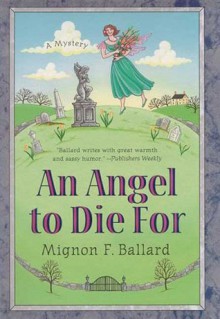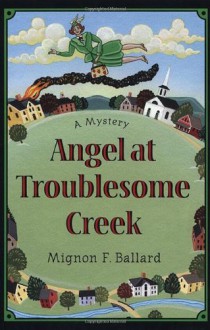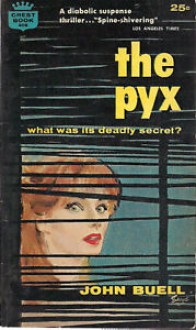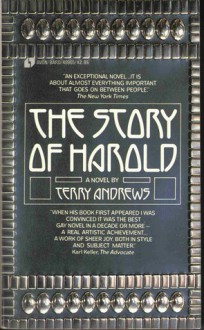
The Story of Harold was written in 1974 by ‘Terry Andrews’ – a pseudonym for the children’s author George Selden, who is most famous for his 1960 classic The Cricket in Times Square. The novel is about a suicidal man named Terry – a writer of children’s books – and it was originally illustrated by Edward Gorey. The narrative follows Terry as he merrily moves towards the date of his proposed suicide while interacting with four key people in his life: his lover Anne Black, a fellow connoisseur of fine arts and a kind and gentle woman; his lover Jim Sheridan, a doctor and devoted family man, and the main source of Terry’s despair; his lover Dan Dailey, an equally suicidal social worker who longs to have Terry burn him alive; and Barney Willington, a melancholy and socially awkward 7-year old who is often placed in Terry’s care.
I found Terry’s voice to be a familiar one: so very la-di-da, so very Upscale Gay Manhattan, the voice of a fatuous, judgmental queen, full of droll asides and nasty put-downs; what made it unique for me was the writing style that captures this voice is itself intensely stylized and extremely mannered, all dashes and ellipses and ceaseless parentheticals, all stops & starts... a striking prose style that is as drolly theatrical as Terry himself. I was surprised to find that his voice did not match his external traits – it turns out that Terry comes across as a thoughtful, charming, even rather sedate person; similarly enjoyable is the wide distance between the snide and rather stereotypically faggy voice and the terse, dominating sexual sadist who appears in the extremely explicit bdsm scenes. I liked all of that because, well... whose inner voice really matches up with how they look anyway?
You didn’t know what to make of this book, at first, but you read it as if in a trance. You couldn’t believe the extremes of the novel, its bizarre schizophrenic style, as it went from a graphic bisexual sexcapade with a married suburban couple... to an oddly tender but defiantly unsentimental scene of Terry telling children’s stories to poor forlorn Barney... to the most horrifically predatory pickup scene you’ve ever read, where Terry ruthlessly exults in manipulating the despairing Dan Dailey into first baring his wretched soul and then giving up his pliant body to our hero’s gleefully sadistic urges. You wanted Terry to die.
The book is practically unknown! The book has practically no reviews! The book should be a cult classic!
I thought Terry was despicable. I thought Terry was heroic. I thought Terry was inhuman and more than human and subhuman and inhumane and humane and a human.
You thought the novel’s combination of cruelty and kindness, its stark and uncomfortable honesty and its harshly cynical and bitter humor, its sweetness and its mean-spiritedness, its abandon… to be both an invigorating tonic and a terrible-to-the-taste medicine. You didn’t want to admit how much you saw yourself in Terry, his bisexuality of course, but also his perversity (Perversity is just another word for nothing left to lose! Right, Terry? Ha!) and his pettiness (But a largeness of spirit as well! Sometimes! Ha!) and his sadism (But only with consenting adults! Ha, right! There are so many different ways to be sadistic and sometimes consent isn’t even a factor!) and his suicidal feelings (But don’t worry! There’s nothing to worry about! Ha!) and his respect for families, his love of children (Until they grow up into adults! Until those families begin to look like houses of cards! Then you hate them! Ha!)… you didn’t want a connection to Terry, you didn’t want see yourself in him, you didn’t want to admit that to yourself! You wanted to lie.
The Story of Harold is fiction for people who like challenging prose, who see the challenge as a game, who appreciate writing that is flexible, dynamic, experimental; looking it up on Amazon, the books Nightwood and The Exquisite Corpse come up as well: take note. The Story of Harold is a book for people who want to see what NYC was like at a certain time in the 70s, a snapshot of a particular world that is now gone or at least transformed, a document of life pre-AIDS, pre-80s, pre-internet, pre-polite and sensitive ways to talk about gender & race & class & beauty & ugliness & sexuality & sex. The Story of Harold is a story for people who like stories, stories that are simple and resonant, simple yet multi-leveled, stories within stories, stories with surprise endings, stories about stories, stories that act as a looking glass or a camera obscura or a microscope or a macroscope through which to view the world around us, stories as a way to look at ourselves of course.
I was constantly impressed with the juggling act that Andrews pulls off, so many balls in the air. I saw a ball that was about loving a woman, being devoted to her, but a one-sided sort of love where the man loves but the woman is actually in love; I saw a ball that was about how to get through to a lonely, misunderstood child and how to talk to that child in a way that is honest and real, that was about wanting to give protection but knowing the need for that child to be a part of the world – prepared for the world, that was not just about loving children but actually understanding them; I saw a ball about how the seduced is often the seducer, the bottom that tops from beneath, the masochist whose strength outstrips the sadist, the objectified who becomes the objectifier; I saw a ball that was about the difference between sex and love, between friendship and “love” and how they can be equal things but sometimes a person so craves that love, being in love, that they don’t recognize that sometimes sex is just sex and that friendship can be as important as love. I was amazed at how Andrews kept juggling those balls, all of them whirling around but never knocking each other out of the air, never connecting... until they do connect.
You loved this book and yet you often avoided it; you look into mirrors all the time but many times you didn’t want to look at this one. You thought you saw where the novel was going, and you were right and you were wrong, but you didn’t expect the tension to build and build (that inexorable move towards suicide always there), to grow more deeply emotional, all moving towards… a dinner party – a dinner party for four! – where the strands come together, where the prosaic becomes the ineffable, where a loving father plays a game with a forlorn child that means everything, and where a bisexual gent realizes that life is all small moments, that’s what’s important, all those mundane moments that accumulate and create a life, a good life – life is good, it really can be! – you didn’t expect the novel to take a breath and suddenly affirm life – The Story of Harold is a life-affirming book! It truly is! – you didn’t realize that you were holding your breath, you had no idea how much you needed Terry to live – to live and be happy! – you didn’t expect how deep and life-affirming the book turned out to be, a beautiful terrible excruciating wonderful monster, a book that looked inside you and knocked you around and loved you and, in the end, said that life was good. You wanted to cry.
And so you did!
thanks for the loaner, Mike Puma.
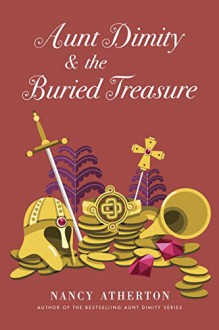

 Log in with Facebook
Log in with Facebook 
